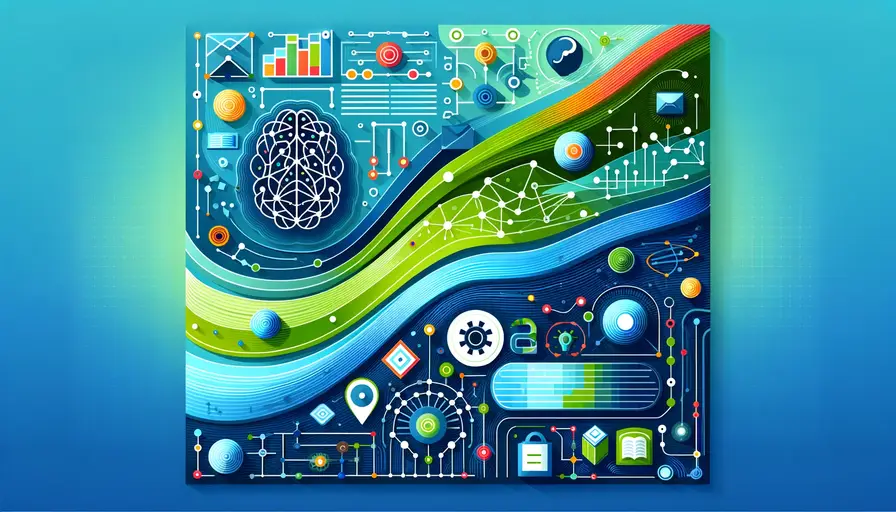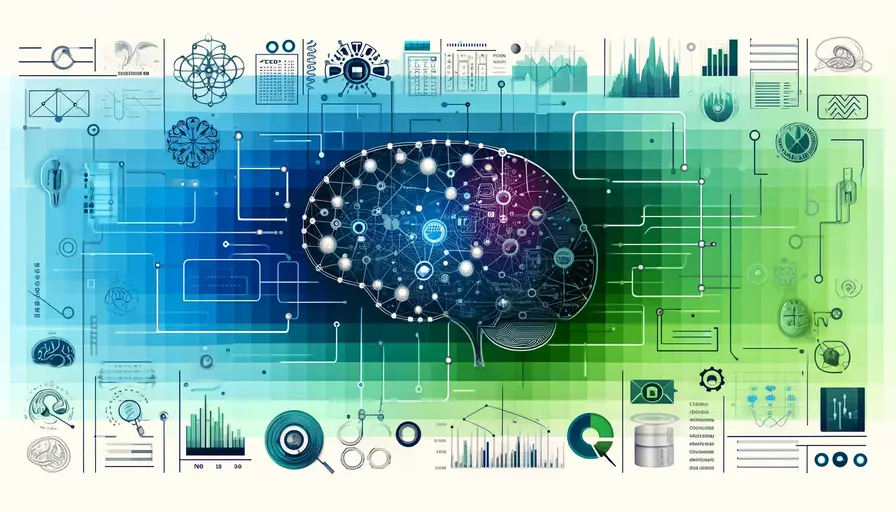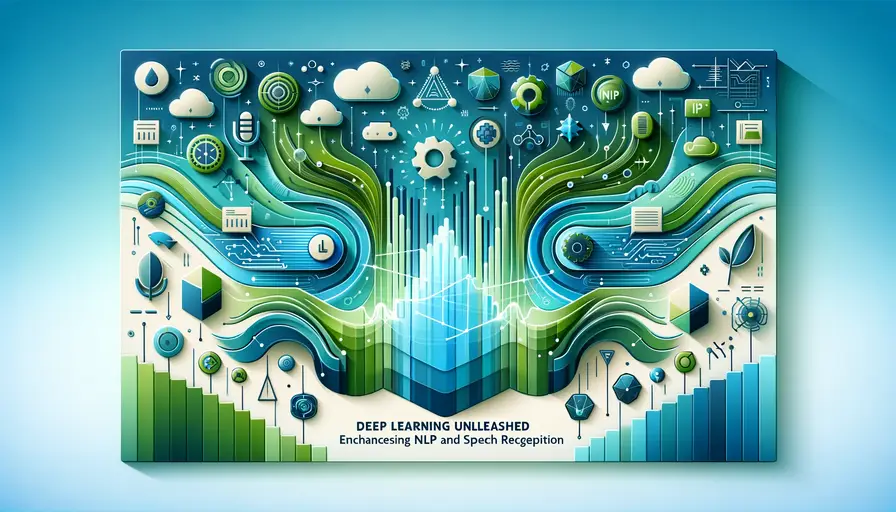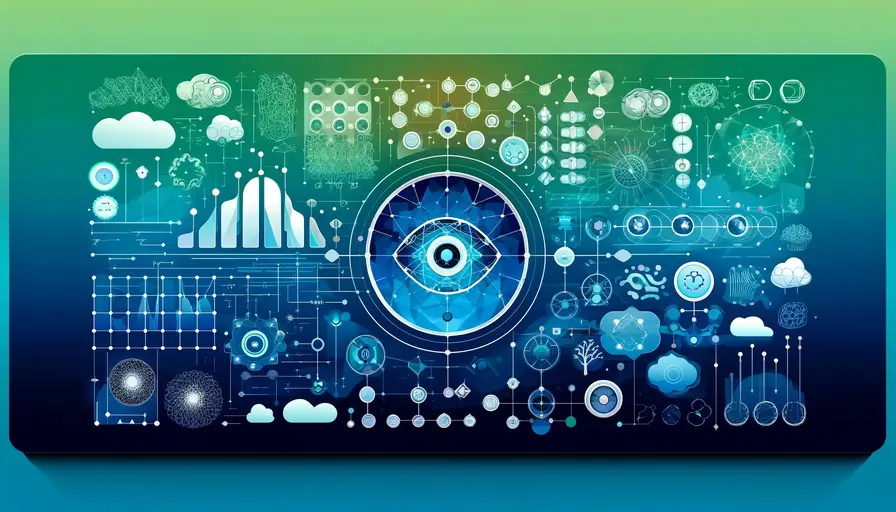
Deep Unsupervised Learning and Nonequilibrium Thermodynamics

- Understanding Principles of Deep Unsupervised Learning
- Deep Unsupervised Learning: Patterns and Structures
- Nonequilibrium Thermodynamics: A Framework for Learning
- Applying Nonequilibrium Thermodynamics to Deep Learning
- Combining Deep Unsupervised Learning and Thermodynamics
- Exploring the Relationship Between Learning and Thermodynamics
- Applications in Real-World Problems
- Further Research and Advancements
Understanding Principles of Deep Unsupervised Learning
Understanding the principles of deep unsupervised learning can lead to more efficient and accurate machine learning models. Deep unsupervised learning allows algorithms to find patterns and structures in data without labeled examples, making it a powerful tool for discovering hidden insights in large datasets. This method can enhance the performance of machine learning models by enabling them to generalize better to new data.
The Role of Nonequilibrium Thermodynamics in Deep Unsupervised Learning involves studying the energy dissipation and emergent properties of learning algorithms. Nonequilibrium thermodynamics provides a framework to understand how systems evolve over time, which can be applied to the dynamics of learning algorithms to improve their efficiency and accuracy.
Deep Unsupervised Learning: Patterns and Structures
Deep unsupervised learning allows machines to learn patterns and structures in data without the need for labeled examples. This approach can be applied to various domains, such as clustering, anomaly detection, and generative modeling. By learning from the inherent structure of the data, these algorithms can uncover complex relationships and patterns that supervised learning methods might miss.
Applications of deep unsupervised learning are vast and include image recognition, natural language processing, and bioinformatics. For instance, in image recognition, unsupervised learning can be used to identify and group similar images without prior labels. In natural language processing, it can help in understanding the underlying structure of text data, leading to more accurate language models.
 Calculating Parameters in a Deep Learning Model
Calculating Parameters in a Deep Learning ModelNonequilibrium Thermodynamics: A Framework for Learning
Nonequilibrium thermodynamics provides a framework to study and understand complex systems that are far from equilibrium. This field examines how systems exchange energy and evolve over time, which can be applied to learning algorithms to understand their dynamics. By analyzing the energy dissipation and entropy production in these systems, researchers can gain insights into the efficiency and stability of learning processes.
Understanding complex systems through deep unsupervised learning involves applying principles from nonequilibrium thermodynamics to uncover the underlying dynamics of learning algorithms. This approach can help identify how these systems self-organize and adapt, leading to more robust and efficient learning methods.
Applying Nonequilibrium Thermodynamics to Deep Learning
Applying nonequilibrium thermodynamics to deep unsupervised learning can help uncover the underlying dynamics and processes involved in learning algorithms. This approach can provide insights into how learning algorithms dissipate energy and how this dissipation affects their performance and efficiency.
The Role of Energy Dissipation in Learning Algorithms is crucial for understanding the efficiency of learning processes. Energy dissipation can affect the stability and convergence of learning algorithms, and studying this aspect can lead to the development of more efficient learning methods. By analyzing how energy is dissipated during the learning process, researchers can identify ways to optimize the performance of learning algorithms.
 Can Deep Learning Neural Networks Match Human Learning Abilities?
Can Deep Learning Neural Networks Match Human Learning Abilities?Emergent Properties and Self-Organization in learning algorithms are key concepts in nonequilibrium thermodynamics. These properties can help explain how learning systems adapt and evolve over time. Understanding these emergent behaviors can lead to the development of novel learning algorithms that are more adaptive and efficient.
Implications for Deep Unsupervised Learning Algorithms are significant, as integrating nonequilibrium thermodynamics principles can enhance the performance and robustness of these algorithms. By understanding the energy dynamics and self-organizing properties of learning systems, researchers can develop algorithms that better handle complex and large-scale data.
Combining Deep Unsupervised Learning and Thermodynamics
Combining deep unsupervised learning and nonequilibrium thermodynamics can lead to the development of novel learning algorithms with improved performance and efficiency. This combination can provide a deeper understanding of the learning processes and lead to more effective machine learning models.
Deep Unsupervised Learning: Unlocking the Potential of Unlabeled Data involves leveraging the ability of these algorithms to learn from unlabeled data, which can significantly enhance their applicability and performance. By integrating principles from nonequilibrium thermodynamics, these algorithms can be made more robust and efficient.
 Harnessing Deep Learning AI for Positive Transformation
Harnessing Deep Learning AI for Positive TransformationNonequilibrium Thermodynamics: Harnessing Energy Dissipation for Learning focuses on understanding how energy dissipation affects learning processes. By applying these principles to deep unsupervised learning, researchers can develop algorithms that are more efficient and capable of handling complex data.
Combining Deep Unsupervised Learning and Nonequilibrium Thermodynamics can lead to novel insights and advancements in machine learning. This approach can help in developing learning algorithms that are not only more accurate but also more efficient in terms of computational resources and energy consumption.
Exploring the Relationship Between Learning and Thermodynamics
Exploring the relationship between deep unsupervised learning and nonequilibrium thermodynamics can provide insights into the fundamental principles of intelligence and learning in both biological and artificial systems. This relationship can help in understanding how learning systems evolve and adapt over time.
Emergence of Order from Disorder is a key concept in both deep learning and thermodynamics. Understanding how order emerges from chaotic systems can provide insights into the learning processes of neural networks and other machine learning models.
 Optimal Strategies for Training Neural Networks
Optimal Strategies for Training Neural NetworksEnergy Landscape and Optimization involves studying the energy landscape of learning algorithms to understand how they find optimal solutions. This approach can help in developing more efficient learning algorithms that are better at navigating complex energy landscapes.
Information Theory and Entropy are fundamental principles in both machine learning and thermodynamics. By applying these principles to deep unsupervised learning, researchers can gain insights into the efficiency and performance of learning algorithms.
Applications in Real-World Problems
Deep unsupervised learning and nonequilibrium thermodynamics can be used to solve a wide range of real-world problems, such as image recognition, natural language processing, and drug discovery. These applications demonstrate the practical utility of combining these two fields.
Applications in Image Recognition involve using deep unsupervised learning to identify and classify images without labeled data. This approach can significantly improve the accuracy and efficiency of image recognition systems.
 Non-Equilibrium Thermodynamics in Deep Unsupervised Learning
Non-Equilibrium Thermodynamics in Deep Unsupervised LearningAdvances in Natural Language Processing can be achieved by applying deep unsupervised learning to understand the underlying structure of text data. This approach can lead to more accurate language models and better natural language understanding.
Drug Discovery and Bioinformatics can benefit from the combination of deep unsupervised learning and nonequilibrium thermodynamics. By applying these principles, researchers can identify new drug targets and understand complex biological processes more effectively.
Further Research and Advancements
Further research in deep unsupervised learning and nonequilibrium thermodynamics can contribute to the advancement of artificial intelligence and computational neuroscience fields. This research can lead to the development of more efficient and accurate learning algorithms.
Deep Unsupervised Learning research can focus on developing new algorithms and techniques that leverage the principles of nonequilibrium thermodynamics. This approach can enhance the performance and applicability of deep learning models.
 Understanding the Inner Workings of Deep Learning Neural Networks
Understanding the Inner Workings of Deep Learning Neural NetworksNonequilibrium Thermodynamics research can provide new insights into the dynamics of learning algorithms and help develop more efficient learning methods. By studying the energy dissipation and self-organizing properties of learning systems, researchers can develop algorithms that are more robust and efficient.
Combining deep unsupervised learning and nonequilibrium thermodynamics can lead to significant advancements in machine learning. This approach can help in developing more accurate, efficient, and robust learning algorithms that can handle complex and large-scale data. Further research in this field can contribute to the advancement of artificial intelligence and computational neuroscience, leading to new insights and applications in various domains.
If you want to read more articles similar to Deep Unsupervised Learning and Nonequilibrium Thermodynamics, you can visit the Deep Learning category.






You Must Read